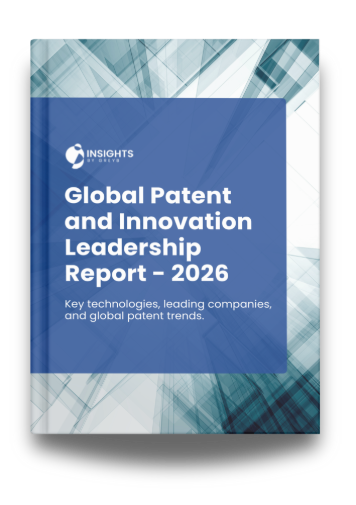Google‘s Project Jacquard, led by Google Advanced Technology and Projects (ATAP) alongside brands like Levi Strauss and Saint Laurent, is revolutionizing how we use clothing and accessories. By embedding subtle, comfortable technology into textiles, this initiative allows garments and luxury car interiors to respond to gestures such as taps and swipes. The Jacquard Tag, broadened the platform to include products like the Cit-E backpack by Saint Laurent and Levi’s Trucker Jacket by Levi Strauss. Project Jacquard blends fashion with functionality, transforming everyday items into interactive, user-friendly tools without affecting style. This innovative approach is setting new standards in wearable technology, making it seamlessly useful in daily life.

Key Features of Google’s Project Jacquard
- Touch-sensitive Fabric: Conductive yarns are woven into the fabric to create touch-sensitive areas.
- Gesture Detection: The fabric recognizes gestures such as taps, swipes, and holds.
- Microcontroller Integration: A small, flexible microcontroller is embedded into the clothing.
- Bluetooth Connectivity: The microcontroller connects to smartphones via Bluetooth.
- App Integration: A companion app translates fabric gestures into commands for apps and devices.
- Battery Power: A rechargeable battery powers the microcontroller and sensors.
- User Feedback: The jacket provides haptic feedback to confirm gesture recognition.
- Water Resistance: The fabric and electronics are water-resistant.
Technology facilitating Google’s Project Jacquard
We’ve analyzed key patents related to Google’s Project Jacquard. Read the summary below and discover the ingenious innovations behind this breakthrough technology!
The patent, US9983747B2, details smart fabric made from two-layer interactive textiles. Conductive threads woven into both layers form a capacitive touch sensor that detects touch inputs. The hidden bottom layer connects this sensor to electronic components, including controllers, wireless interfaces, and output devices like LEDs and displays. The textiles are designed to integrate within flexible objects, as shown in the image below.
The patent US10492302B2 details a method for integrating electronic components into interactive textiles. Conductive threads are arranged in a ribbon to align with the component’s connection points, stripped of non-conductive coating, and connected. These connections are reinforced with UV or heat-curable epoxy and encased in a water-resistant material like plastic or polymer, enhancing durability and functionality. The accompanying image illustrates potential uses of this textile technology.
The patent, US10268321B2, describes interactive textiles with conductive threads forming a capacitive touch sensor in both flexible and hard objects. This sensor detects touch inputs to control remote devices, like adjusting stereo volume or pausing a movie. The technology can be incorporated into various items, including plastic cups and smartphone cases.
The patent, US2023004344A1, details systems and methods that provide audio feedback to enhance user training by confirming gesture validity through intuitive interfaces. This feedback includes line-specific sounds to clarify sensor interaction and varies depending on the activity data, offering distinct sounds for valid and invalid gestures. The associated image shows a touch sensor integrated with an interactive object.
The patent US2016283101A1 details a system for gesture control using interactive textiles. It features a gesture manager on a computing device that wirelessly connects to the textile, allowing users to assign gestures to control various functions. These gestures, when performed on the textile, activate specific functions based on the device’s context. Additionally, the textile can connect to integrated output devices such as lights, speakers, or displays in flexible objects, providing user feedback and notifications.
Google’s Project Jacquard stands out in the smart textile market, differentiating itself from competitors like Tommy Hilfiger by embedding sophisticated, yet discreet technology directly into fabrics. Jacquard’s broad application enables a more integrated and intuitive user experience, seamlessly blending technology with everyday fashion. This innovative approach not only positions Jacquard as a leader in wearable technology but also showcases its potential to revolutionize our interaction with everyday objects, turning ordinary garments into interactive tools that enhance our digital lives.
Need to know anything else? We got you covered!







